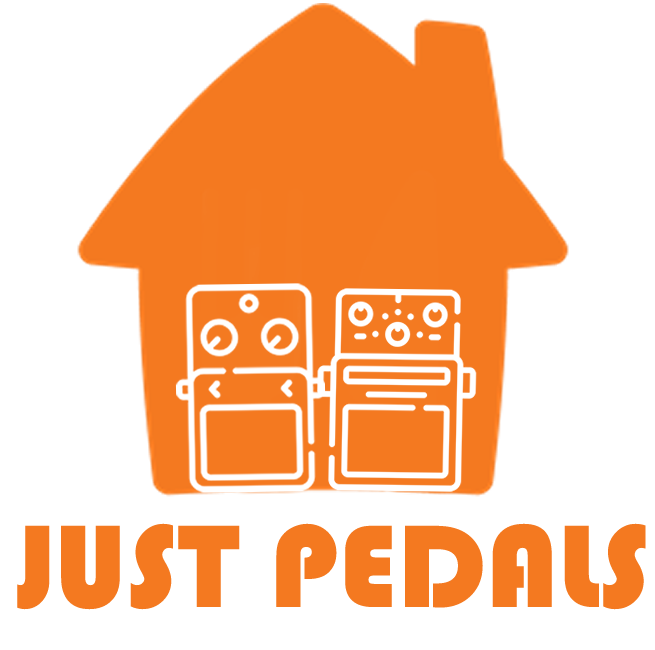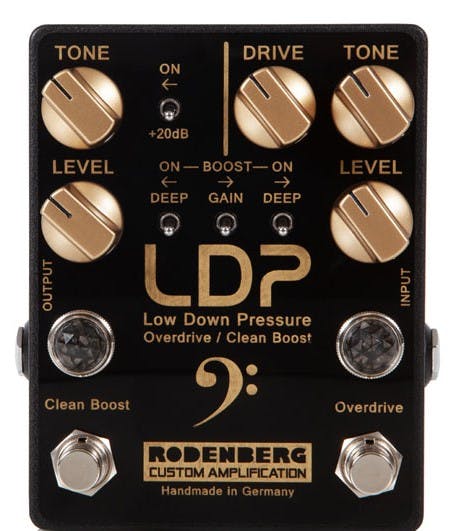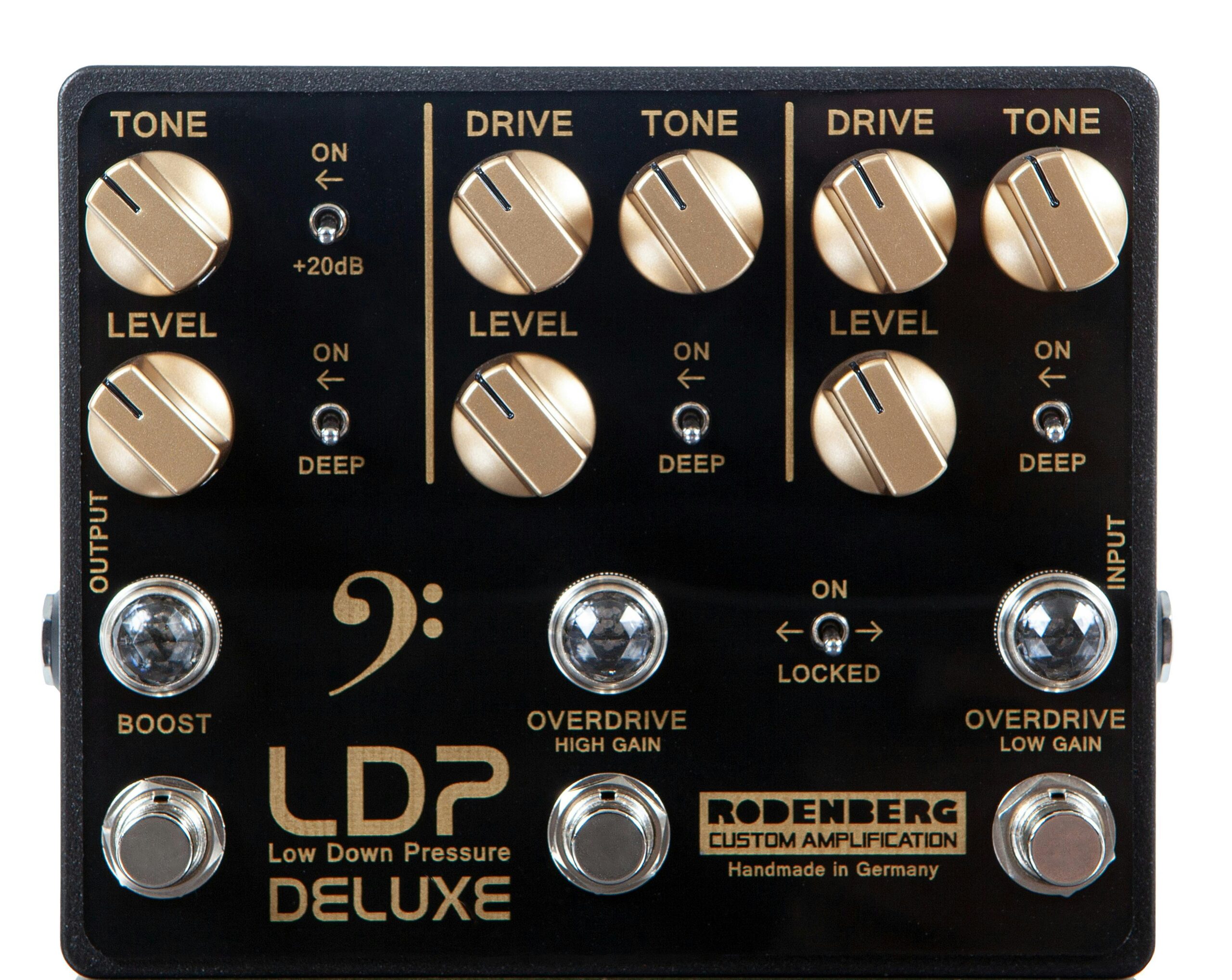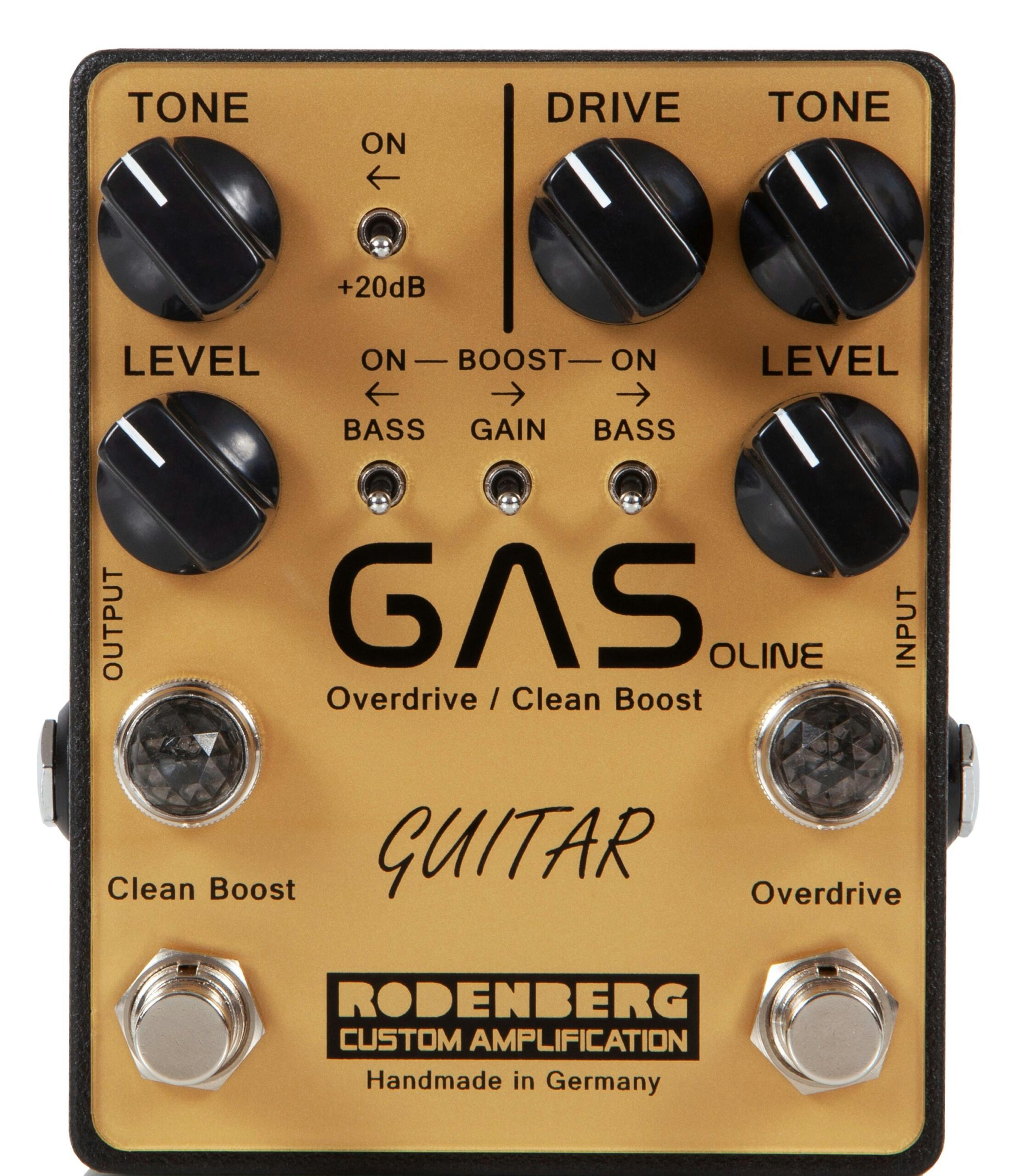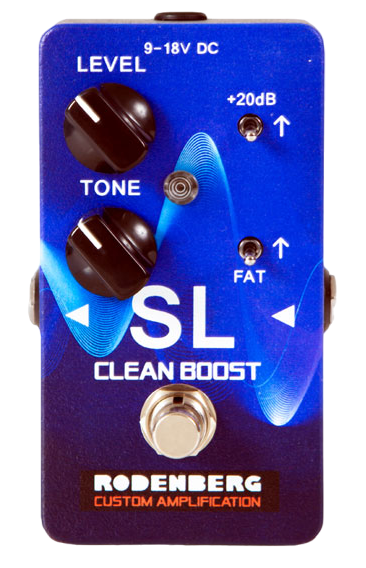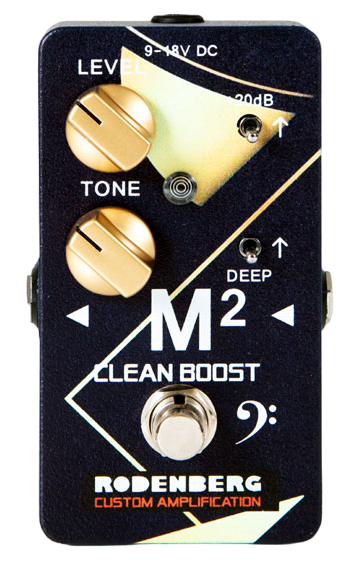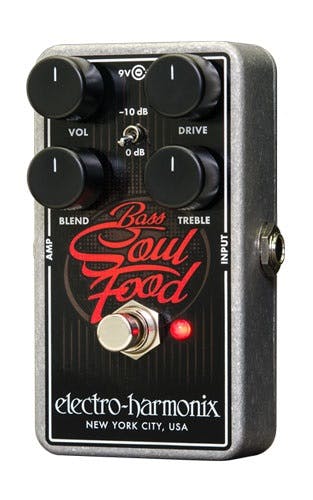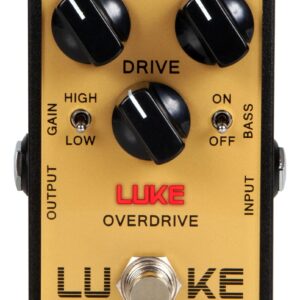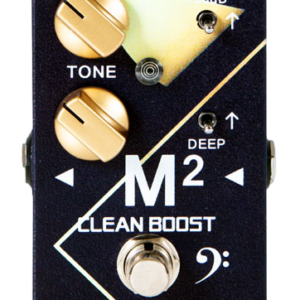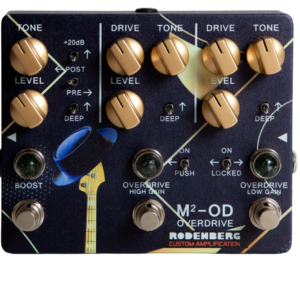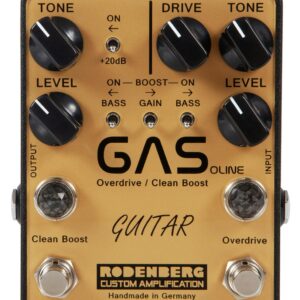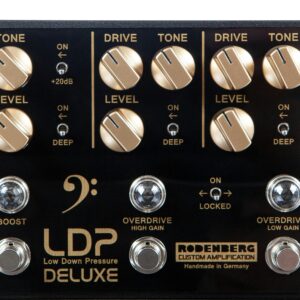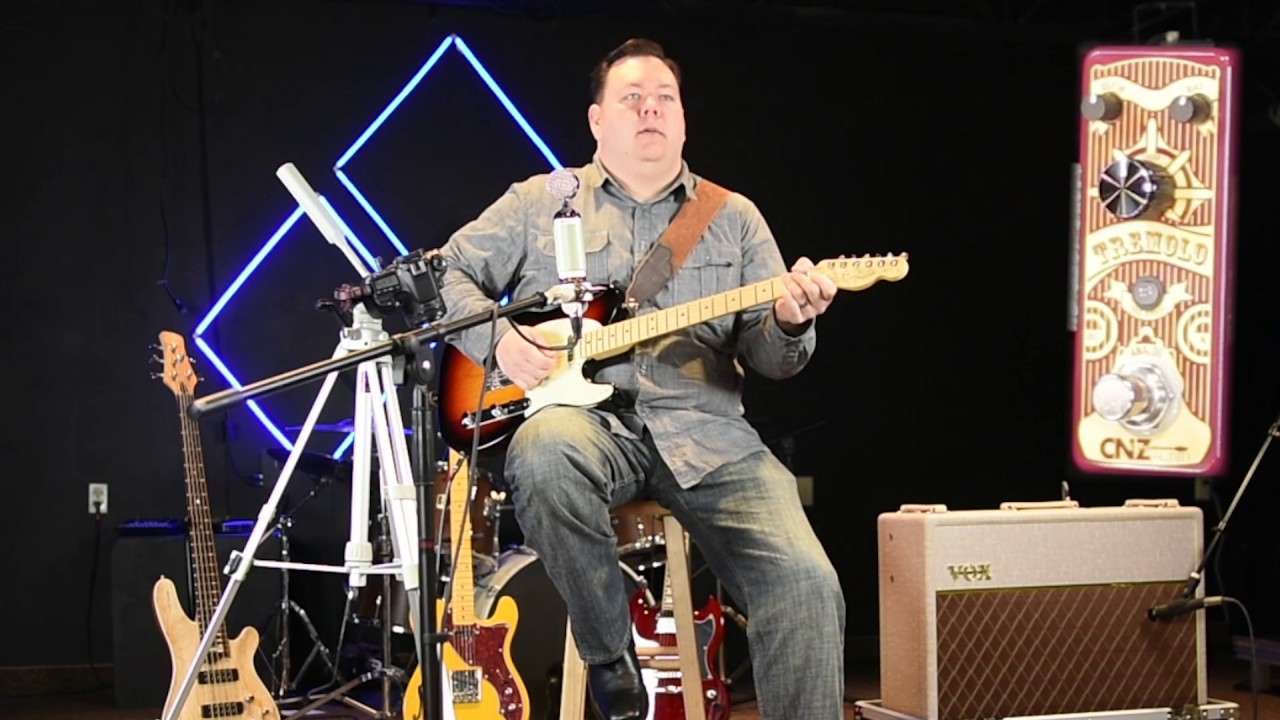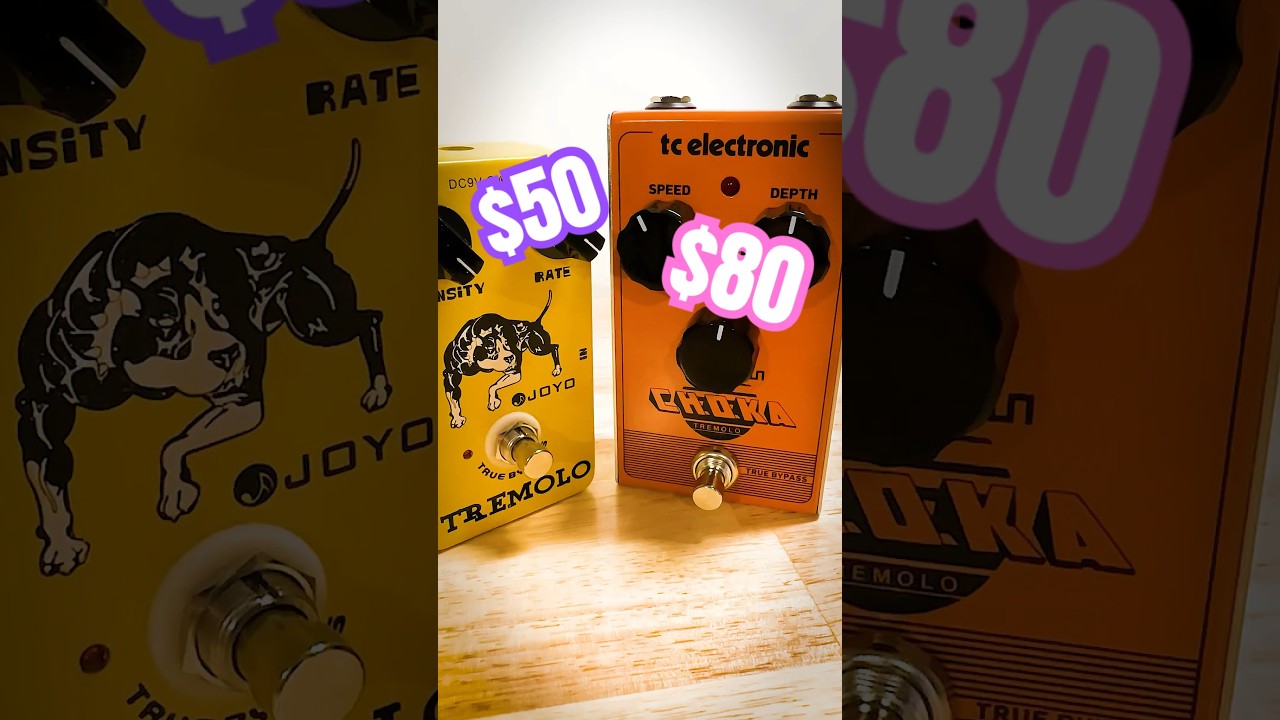Description
The Rodenberg LDP Overdrive Clean Boost Bass Pedal is currently retailing at £149 and it is in stock. Available to be delivered to you by post direct (some charge may apply).The team at Just Pedals think that Rodenberg nailed it with the Rodenberg LDP Overdrive Clean Boost Bass Pedal. Rodenberg LDP Overdrive Clean Boost Bass Pedal
We have new and used Rodenberg musical equipment available on our website for fast direct delivery from sellers across the UK & Europe.
Rodenberg is a German company known for creating **premium guitar pedals** and amplifiers, particularly favoured for their high-quality tone and craftsmanship. Founded in 1994, Rodenberg has built a reputation for producing pedals that offer exceptional tonal clarity and versatility, with a focus on **distortion**, **overdrive**, and **boost effects**. Their products are popular among musicians for their **dynamic response** and **ability to shape a wide range of sounds**, making them suitable for everything from **classic rock** to **heavy metal**. Rodenberg pedals, such as the **Rodenberg Tube Drive** series, are admired for their **robust construction** and **attention to detail**, making them a trusted choice for professional musicians seeking rich, dynamic tones in both live and studio settings.
In the realm of guitar effects, “bass” pedals are designed specifically for bass guitars, enhancing their low-end frequencies and allowing bassists to shape their tone and explore new sonic possibilities. These pedals cater to the unique characteristics of the bass guitar and provide various effects to modify its sound. For instance, overdrive and distortion pedals add gain and saturation, giving the bass a gritty or distorted tone. Compression pedals help even out dynamics by smoothing out the volume of loud and soft notes, resulting in a consistent and punchy sound. EQ pedals enable bassists to sculpt their tone by boosting or cutting specific frequencies, allowing them to emphasize certain parts of the sound or compensate for room acoustics.
Other popular bass effects include envelope filters, which produce dynamic filter sweeps in response to playing dynamics, adding rhythmic groove to bass lines. Octave pedals generate harmonies one or two octaves below the original note, creating a fuller and more powerful sound. Modulation effects like chorus, flanger, and phaser add depth and movement by modulating the pitch or phase, creating swirling textures and enhancing the overall presence of the bass line. Lastly, delay and reverb pedals introduce ambience and spatial depth, adding echoes and reflections that enhance the sense of space in music. These diverse effects allow bassists to expand their sonic palette and express their creativity in numerous ways.
A boost pedal is used to increase the overall volume or gain of an instrument’s signal, typically without adding distortion or altering the tone drastically. It’s commonly used to push the amp into overdrive, making solos stand out or increasing the power of the signal for a more pronounced sound. Boost pedals can also be used to emphasise specific frequencies, helping the instrument cut through the mix during performances.
There are different types of boost pedals, such as clean boost and colored boost. Clean boost preserves the natural tone of the instrument while increasing the volume, whereas colored boost can alter the sound slightly, adding warmth, presence, or a subtle tonal shift. Popular boost pedals include models from Xotic, Electro-Harmonix, and TC Electronic, each offering different features like EQ controls, low noise, and transparency, allowing players to tailor their boost to fit their unique playing style.
A clean pedal is designed to enhance or preserve the natural, unaltered sound of an instrument, typically by boosting the signal or providing transparent effects without introducing distortion or overdrive. Clean pedals are often used to provide a pure, clear tone, especially when musicians want to retain the character of their instrument while making subtle adjustments to volume, EQ, or tone.
Common examples of clean pedals include clean boost pedals, which increase the volume without colouring the tone, and EQ pedals, which allow for precise adjustments to the frequency response. Clean pedals are popular among players who want to shape their sound without altering its fundamental character, and they’re widely used in genres like jazz, country, and pop, where clarity and transparency are essential. Brands like Xotic, Electro-Harmonix, and MXR offer high-quality clean pedals suitable for a range of musical styles.
Just Pedals is a new Guitar Effect Pedals Marketplace – We feature new and used Guitar Effect pedals from different sellers, to purchase online from the UK.
Overdrive is a popular guitar effect that creates a warm, distorted sound by amplifying the signal of an electric guitar, typically using a pedal or an amp’s built-in circuit. The effect simulates the natural distortion that occurs when a tube amplifier is pushed to its limit, creating a rich, harmonic response that adds sustain, warmth, and character to the tone. Overdrive pedals are commonly used to add grit and growl to a clean tone without the harshness of full distortion.
The overdrive effect works by boosting the input signal, causing the amplifier to break up and clip the waveform, resulting in a smooth, musical distortion. This is often more subtle and less aggressive than other forms of distortion, making overdrive pedals ideal for blues, classic rock, and country players who seek a dynamic sound that responds to their playing touch. Overdrive pedals can be used in conjunction with other effects like delay and reverb to shape a more complex, evolving sound. Popular overdrive pedals include the Ibanez Tube Screamer, the Fulltone OCD, and the Boss OD-3, each offering different tonal characteristics, from smooth and bluesy to punchy and aggressive.
A pedal is an electronic device that alters the sound of an electric guitar by applying various effects. Pedals are typically connected in a series between the guitar and amplifier, allowing guitarists to switch effects on and off with their feet while playing.
This enables musicians to quickly and easily change their sound, adding versatility and creativity to their performances.
Pedals are essential tools in many musical genres, including rock, blues, jazz, and metal, allowing artists to craft distinctive and dynamic soundscapes.
Once you buy one, you can’t stop and then you have to sell them and buy more.
Just the latest videos
Just related products
£22.99
Get tube-like distortion, smooth sustain and super-fat tone Unique balance control to blend between overdriven and dry bass sound for maximum punch Dedicated level, 2-band eq and gain controls for awesome sound shaping Blue status led for effect on/o…
read more
£50.99
High gain overdrive pedal, specially designed for Bass player,sculpts clear, punchy lows and delivers sharp and grainy mid and high frequencies. Control knobs: TONE/BLEND/VOL/GAIN as well as middle frequency boost & overdrive gain boost toggle switch…
read more
